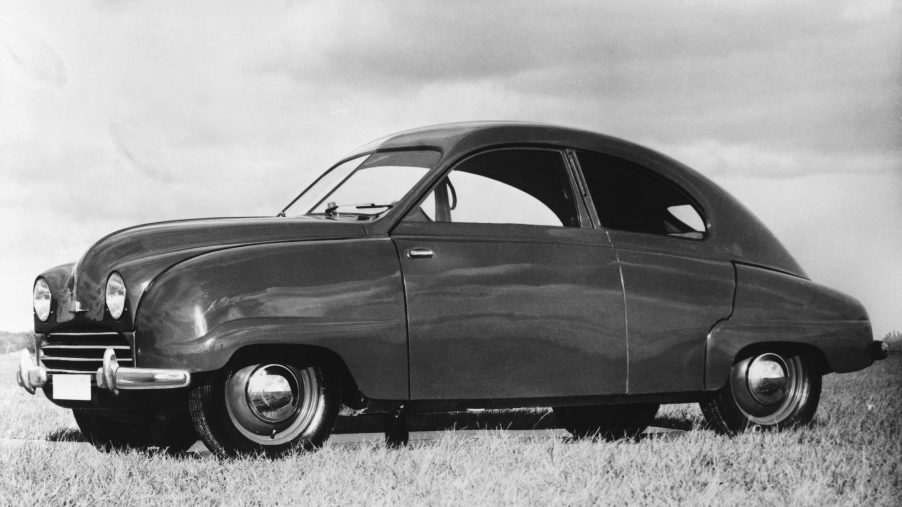
5 Classic Cars That Need to Be Revived as Electric Vehicles
Classic cars are being given new life as electric vehicles, and I think that’s great! At SEMA 2021 alone, a beautiful Ford F-100 received the Mach-E’s powertrain. And soon, the platform will be sold as a crate motor for other vehicle restorations. But if I had it my way, there are a few classic cars that I think would make excellent electric vehicles. It doesn’t matter if they’re brought back from the dead and built from the ground up as electric cars, or resto modded with new EV battery packs, I don’t care. Someone needs to make these happen.
Classic cars that would make excellent electric vehicles:
- Citroen DS
- Honda CRX/First Gen Honda Insight
- Saab 92
- 1976 Buick Estate WAgon
- Saturn S-Series
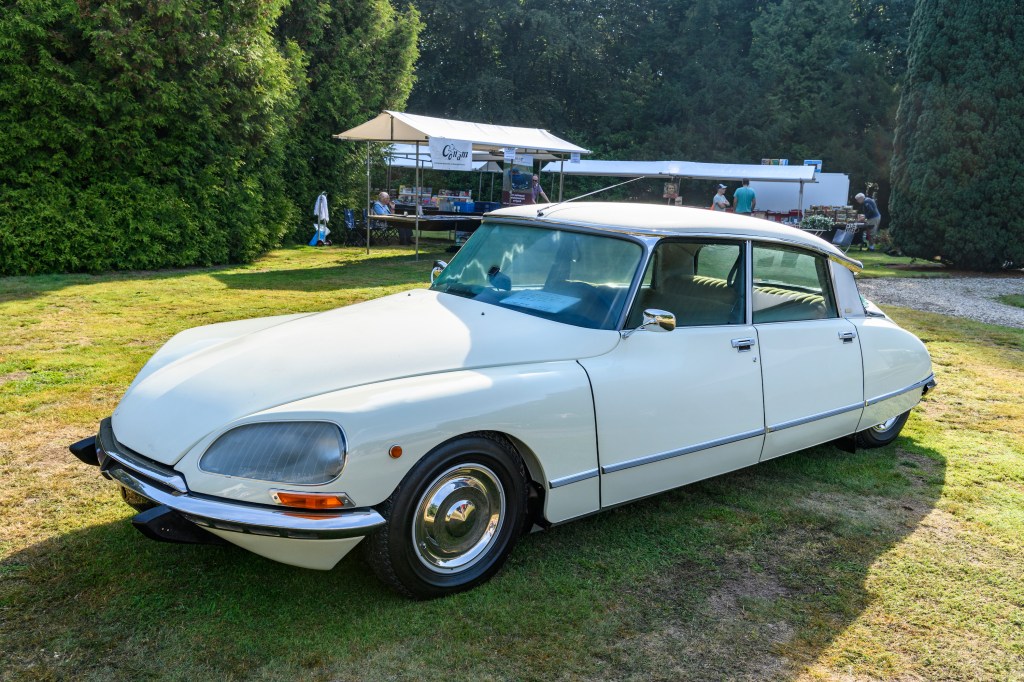
The Citroen DS shape and extravagant beauty lend it to being an electric car
Okay, you probably read the bullet points of this list and thought “man, that Taylor guy must be insane!” Well, you’re half right, but each of these classic cars has a fairly good case as to why they could make great electric vehicles.
The Citroen DS, specifically with those quad headlamps encased in glass, is just plain beautiful. And most electric cars have to start out as expensive luxury vehicles anyways (in order to make enough profit to fund high volume low margin cars). Might as well use an iconic name, and an iconic look.
The Citroen DS is also naturally aerodynamic. Its smooth, estate shape lets it slip through the air. And while having a hydropneumatic suspension system inside an electric car probably isn’t the best idea, its low ground clearance and smooth design make it beautiful, and well equipped to become an electric car.
The Honda CRX and first-generation Honda Insight were meant to be fuel efficient from the start
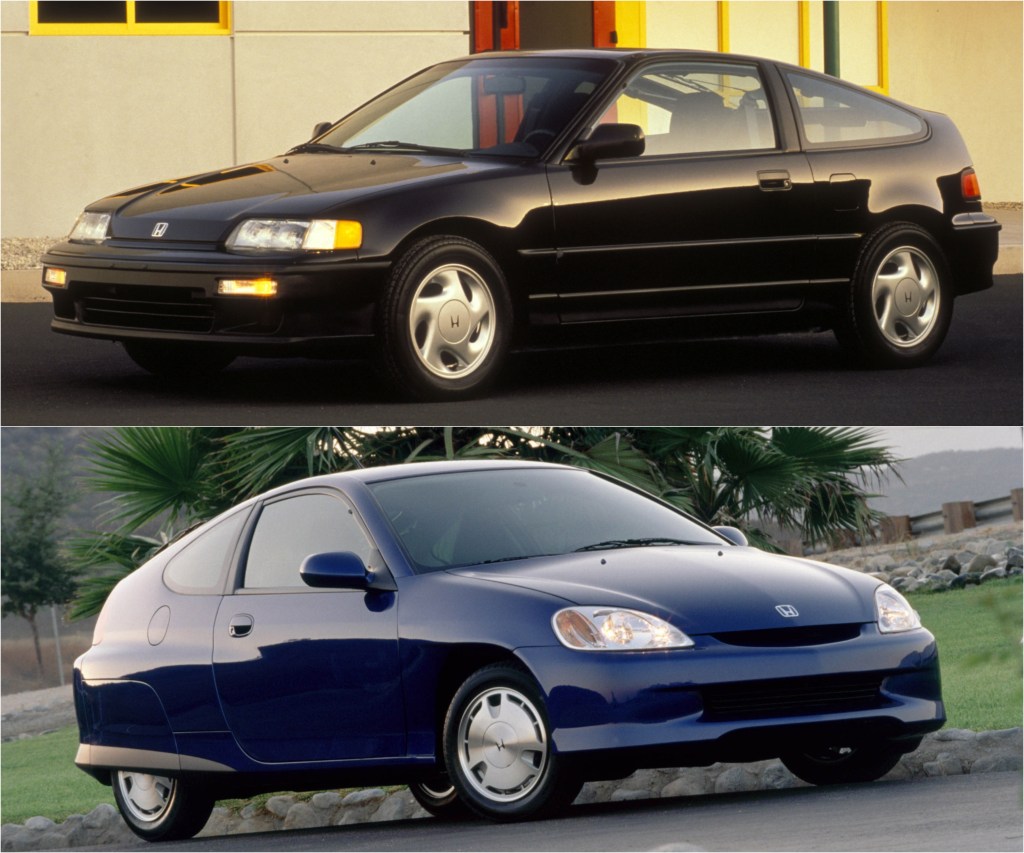
Fuel-efficient cars, like the Toyota Prius or Suzuki Swift, often have a stigma for being unexciting and bland. The CRX and Insight turn that notion on its head, creating fun little cars that are excellent on gas. The CRX managed 40 mpg city and 48 mpg highway (by today’s standards) back in 1985. And the Honda Insight, which could be had with a manual, got 61 mpg city and 70 mpg highway.
Part of that has to do with the shape, with is small and round. After all, the two cars have very similar design cues. But beyond that, they’d fit the niche of small electric cars that wouldn’t be remarkably expensive. These budget cars were cheap in their day, and while the electric range on cheaper EVs is typically low, people will still buy them. Give us fun, small electric cars!
The Saab 92 was Saab’s first production car
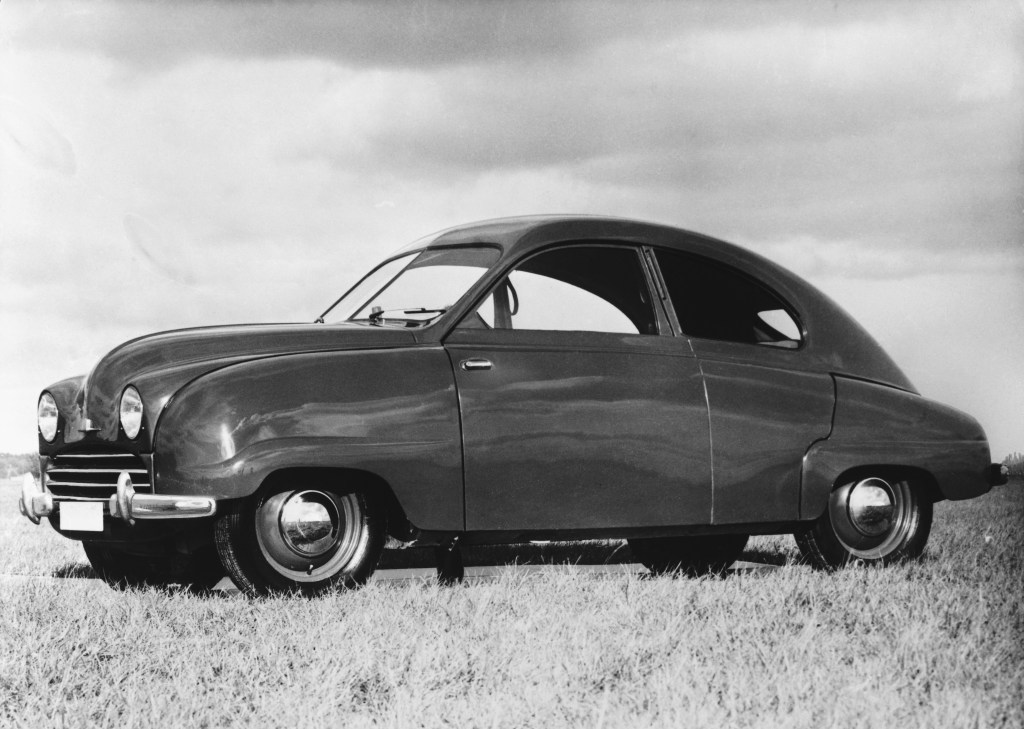
Being the most classic of the classic cars on this list (as in, it’s old), the Saab 92, released in 1949, is a bit of a stretch in terms of a revival. Not only is this Saab, despite its importance to the company, fairly underappreciated, but Saab itself is a defunct brand. However, by design, the Saab 92 lends itself to becoming an electric car.
Saab was an airplane manufacturer first, and a car manufacturer second. But design philosophies from the company’s aircraft division bled over to their cars. While most automakers of the late 40s and early 50s were worried about style and luxury, Saab built a car with a .3 coefficient of drag. For perspective, the Tesla Model 3 has a .23 coefficient of drag, which isn’t terribly ahead of the Saab that came 70 years before it.
The Saab 92 is also fairly small, which would lend it to the budget EV market. But perhaps this recommendation is my unreasonable want to bring the Saab name back into the automotive world.
The 1976 Buick Estate is an elongated outlier on this list
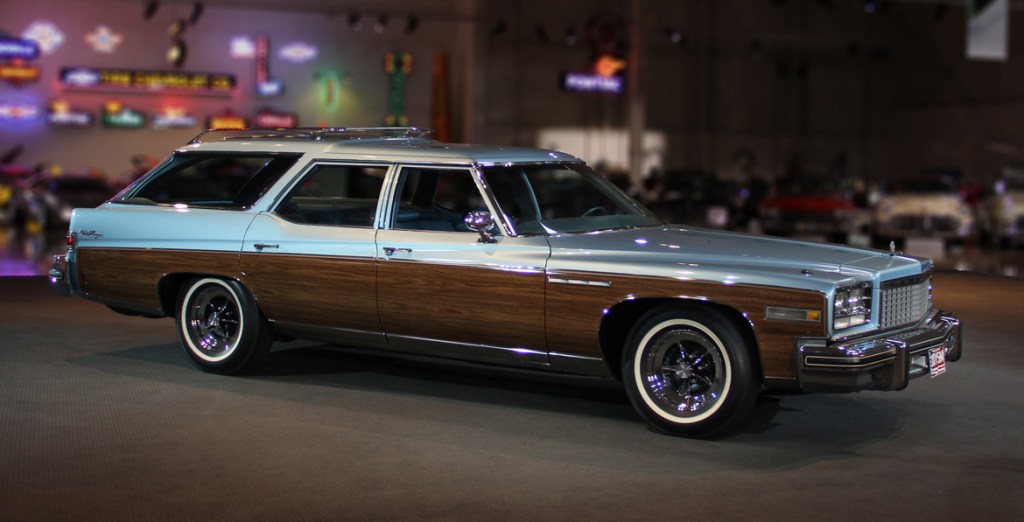
Of all the cars on this list, perhaps the Buick Estate, specifically from 1976, is the oddest addition to this list of classic cars. It goes against almost all the rules of electric cars: they need to be light, they need to be aerodynamic, and they need to be efficient. But throw logic out the window for a moment, and hear me out.
Battery packs are large and heavy. That means they need a lot of room in the car, and the bigger the battery pack is, the better range the car will get. Well, the 1976 Buick Estate wagon just so happens to be the longest station wagon ever built, at 231.8 inches long. For perspective, that’s well over two Smart cars long.
But with all that space, you’d be able to cram in massive electric car battery packs. And as an added bonus, the flat roofs leave plenty of surface area for solar panels. Why electric cars don’t just have those baffles me, as the sun is free energy. Might as well harness it to charge our electric cars.
While not a “classic car,” the Saturn S-Series is the right size, shape, and prestige
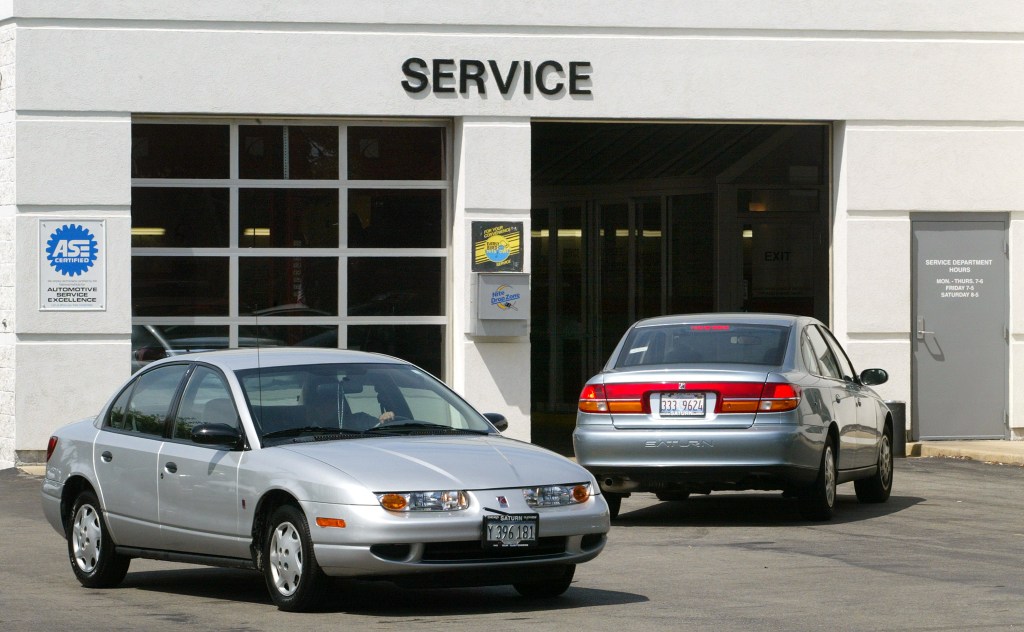
If I haven’t already lost all my credibility up to this point, many of you are doubtful as to why I’d pick a Saturn of all cars to include on this list. They weren’t exactly great, and the company went under a while ago. But look closely at the Saturn S-Series, and you’ll notice a shocking similarity to one other infamous GM electric car: the EV1.
It’s a bit of a stretch, but in the land of hypotheticals, the S-Series would make an excellent electric car. Not only is the shape right, but it’s not as small as vehicles like the CRX or Saab 92, but wouldn’t be as expensive as a car reminiscent of the Citroen DS. It’d blend in as an average, consumer electric car.
But this list lives in my theoretical land of opinions. And now that you’ve taken a deep dive into my mind, you know just how wacko I really am. But if even one of these cars was revamped as an electric vehicle, my heart would be happy. After all, electric cars could take a page from classic cars in terms of styling.


